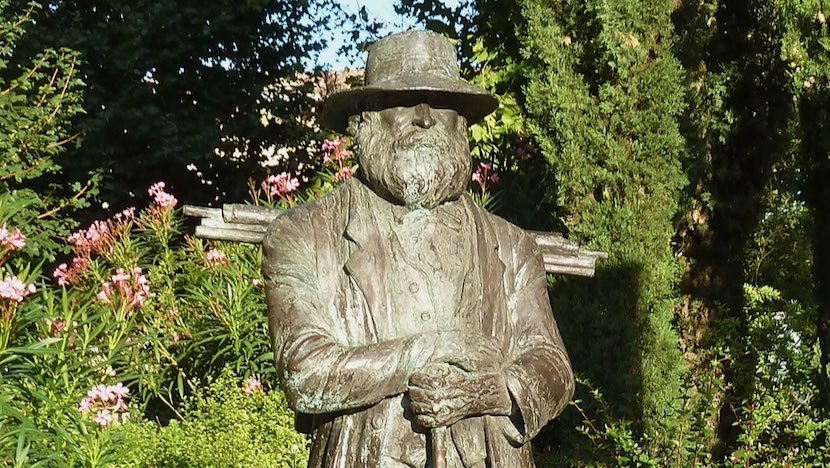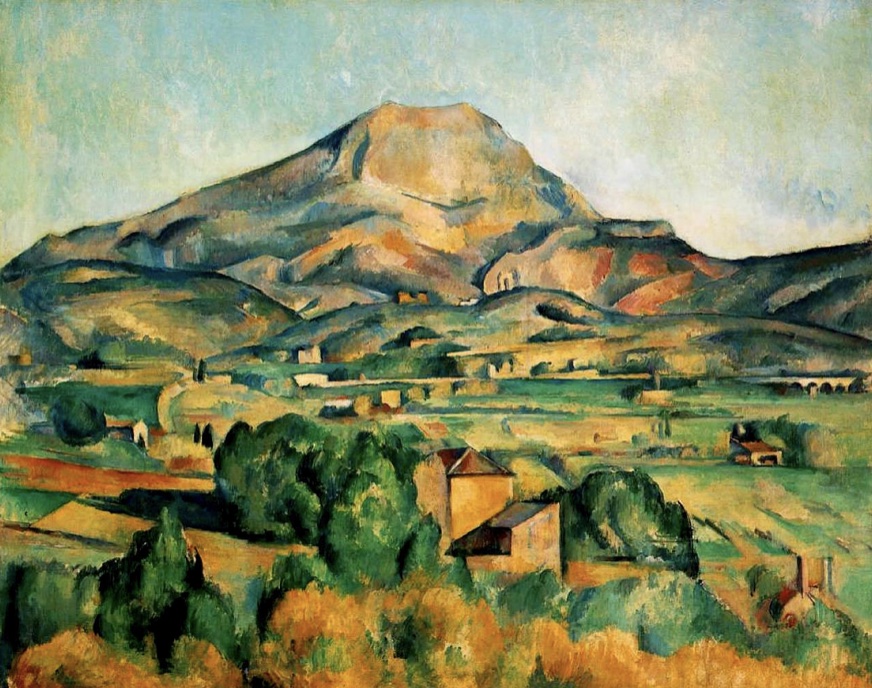
Paul Cézanne
Did you know that the master post-impressionist painter Paul Cézanne is a native son of Aix-en-Provence?
Born on January 19, 1839 and baptized in the Église de la Madelein, post-impressionist painter Paul Cézanne lived in Aix until his death in 1906, except for the occasional sojourns in Paris to further his artistic development. One of Cézanne’s most famous motifs is the Montagne Sainte-Victoire, located near Aix-en-Provence. He painted numerous landscapes depicting this landmark from various perspectives, exploring the interplay of light and shadow on its slopes.
These works are considered iconic examples of his unique approach to form and space, foreshadowing the geometric shapes and fractured planes that would become characteristic of Cubist art. The surrounding landscapes, including the Bibémus Quarry, which Cézanne also painted, continue to attract art enthusiasts and tourists interested in experiencing the places that influenced his art.
Cézanne’s technique and intense study of subject greatly influenced the 20th-century modernism movement, leading both Henri Matisse and Pablo Picasso to declare him as the “father” of their work.

In fact, Picasso was so inspired that he purchased a large château in the tiny commune of Vauvenargues just outside of Aix-en-Provence in 1958 and was buried on the grounds. Situated at the foot of Mont Sainte-Victoire made famous in works by Paul Cézanne, the château’s former celebrated owner is said to have proclaimed “Cézanne painted these mountains and now I own them.”
Cézanne’s historical importance to modern-day Aix-en-Provence remains evident. A statue of him (pictured at top) presides over the Place de la Rotonde at the city center, plaques dot the city streets and buildings to denote their significance, and his former workshop has been preserved as a museum that is open to visitors year-round.
